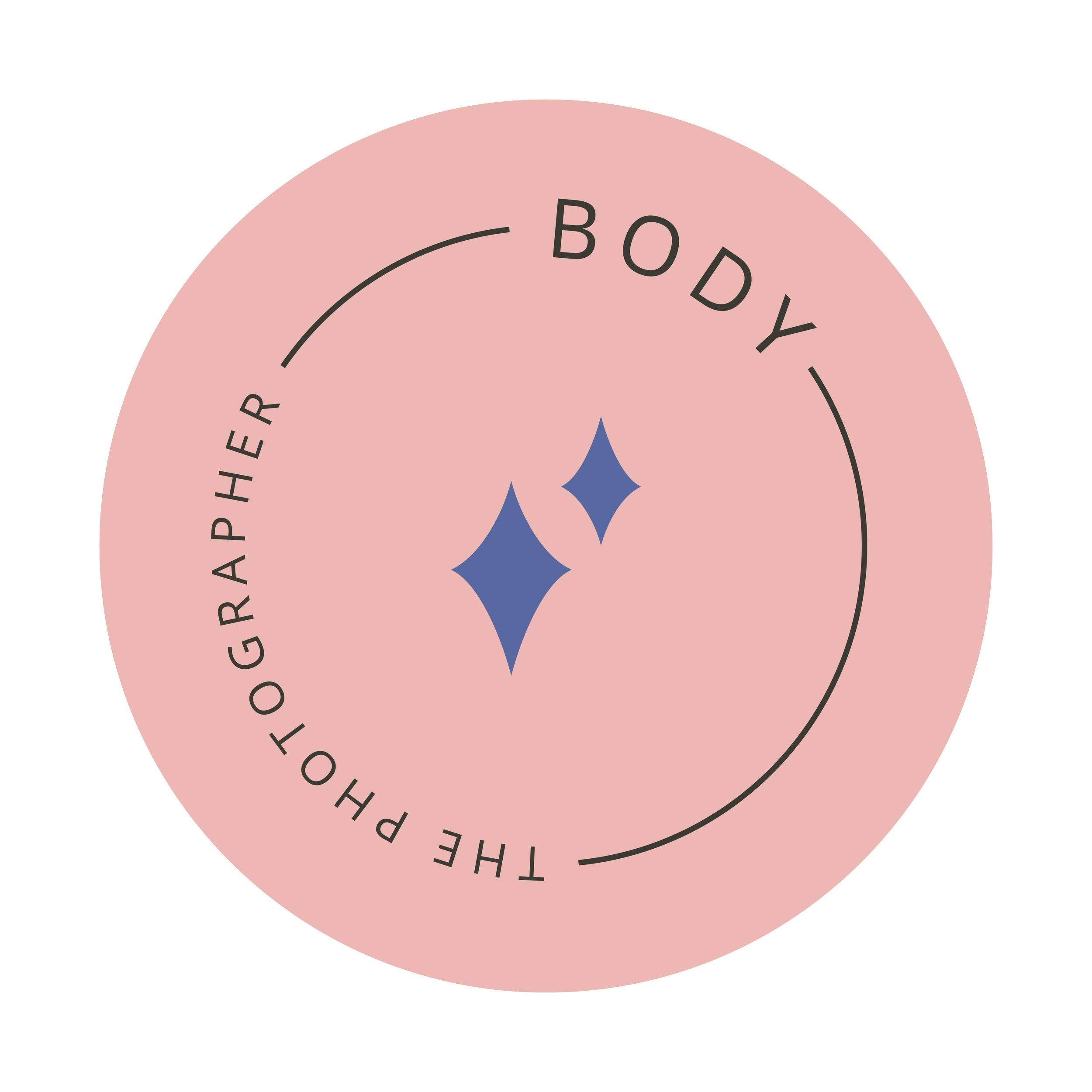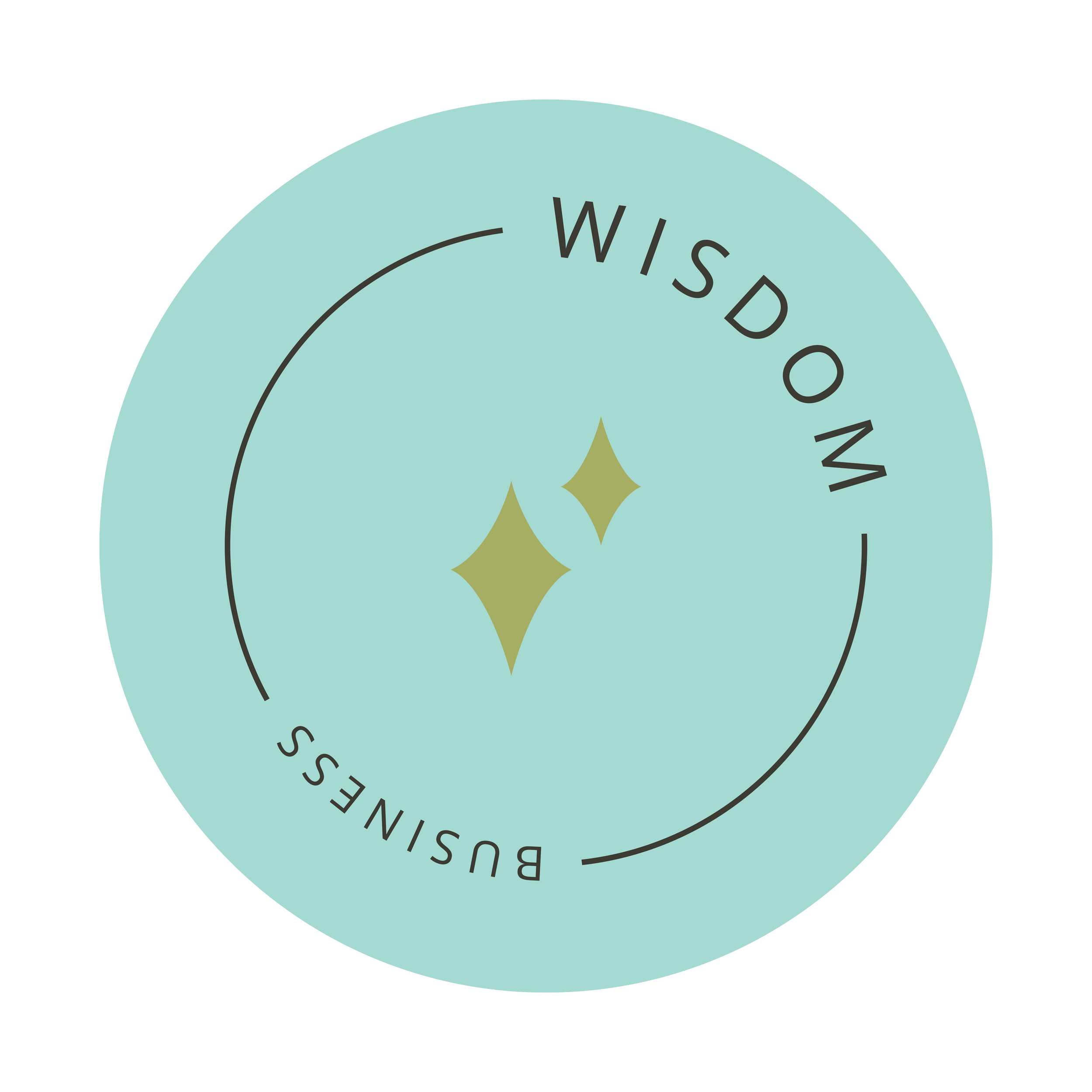Tackling photography ghosting: An old school sales approach Part 3
Image by:@steinart
Two weeks ago I presented part 1 of this series on tackling photography ghosting and last week I posted part 2 of this series, giving 2 strategies to try to encourage the NoGhost.
Let’s summarize briefly once again:
Zig Ziglar’s 5 obstacles to sales:
No need
No money
No desire
No trust
No hurry
7 psychological reasons why people might not reply to communications:
Wanting to avoid confrontation/ worried they may have to explain themselves
Feeling like they are letting someone down/ guilt so they prefer to avoid altogether
Anxiety or other mental wellness issues creating stress
Not knowing how/ having the skill to turn something down with grace or feel judged if they do
Not feeling it’s necessary to respond
No time to respond/ overwhelm
They plain forgot
3 obstacles from our side that might stand in our way to tackle ghosting:
Our attitude towards ghosting
Not making adjustments if we continue getting the same results
Not implementing documented sales strategies into our business
Designing a NoGhost
Besides the two strategies of Name it and Build Anticipation that I offered in Part 2 of this series, let’s review some other ways we can design our processes to overcome ghosting. Maybe one or more of these can diagnose your particular type of ghost!
Ask for a response.
At the end of your email, ask them to please respond with their decision of yes or no. Could it really be that simple? Try it and find out!
Occam’s razor theory says that the simplest explanation is preferred over a complicated one. So let’s apply this concept here and assume they may not have responded because they were not asked to. It may never be so simple, but usually when people are asked a question directly, they answer.
If you want to direct the message towards a yes, you can say something like “When can we get you on the schedule?” In old school sales, this is called asking for the sale: will it be cash or credit? In new school it’s often a horrifying, overly direct question that we try to avoid. But the logic goes - if they inquired, they are interested, so you are serving and helping them. And at least it’s on email and not face-to-face, which many old school sales people would do - by booking a sales appointment or worse; cold-showing up at the door!
Initiate a process with a call to action.
A sales process has steps from opening to closing. Let’s use a simple analogy - a grocery store. You enter the store with an intention to buy something. You grab a cart that has been provided at the entrance and move through aisles that have been set up for you to navigate. There are signs to guide you to the checkout and lineup areas designated. As soon as you enter that store, you have entered a process and the retailer guides you through it with their design of the experience.
In photography, an email response is often not considered part of the sales process, but a precursor to the sales process. Thus there may not be much in terms of designing that experience. But step one isn’t the booking, it’s inquiring! A typical response to a client might answer their questions, and sign off with being available in case they have any questions. This is vague and directionless. We might throw in a “looking forward to hearing back from you” which doesn’t drive action. Knowing that the inquiry is step one, you now have the opportunity to re-design your client experience to include that step.
Noghost: Look at your current client responses - do they introduce a directional process for your client, starting a navigation towards an end goal? We not only appreciate this kind of subtle nudging, we need it because otherwise it’s easy to become distracted or confused. While a grocery store is easy because we do it all the time, requesting photography services is often a mystery to clients. Don’t leave them floating with hopes you’ve answered their questions or that you’ll hear back. Take initiative to describe what happens next, and ask them to take a next step. What is it? Offer a booking link. Offer 3 time slots in the next few weeks that are open for booking and ask them which one is more convenient. This looks similar to the first point of asking for a response, but you are providing them with added guidance through your business.
Don’t be forgettable: tell a story, paint a picture, surprise and delight
Open a recently ghosted email response to a client and read it out loud. How does it sound - exciting and full of energy with something interesting thrown into the mix? Or is it an asked/ answered kind of dry reply with a generic ‘please don’t hesitate with questions’?
NoGhost: Use your brand energy to infuse this response with something unforgettable, that inspires a response. Use humour, wit, joy, enthusiasm. If a client is looking at a few family photographers and each response has price and booking details, the photographer who stands out with something unexpected may be the only one who isn’t forgotten at the bottom of the to-do list for replies. As an example, I remember a family photographer who on her website described her beautifully imperfect sessions, with your kids ending up with sticky fingers and you having a lollipop stuck to your leg. It made me laugh out loud because as a mom, I’ve been there! Why not bring that sort of thing into our communications? Recount something funny that happened at the last session and how much fun that was, point out something interesting in the process (I tell brides I hustle so hard that I’ve lost shoes in the mud and now bring an extra pair), add an over-the-top testimonial someone left you. Write something unforgettable and you may not be forgotten!
Sales greats are wonderful storytellers. They help clients imagine themselves receiving incredible benefits from the product they are selling. They paint an aspirational picture with their words.
Create a reply sequence that deepens commitment, creates urgency and schedules follow ups
Do you have a formal follow up process for prospective clients? If not, then you’re being a ghost too by not checking in. I know we fantasize of unicorn clients that reply immediately saying YES and throw bucketloads of money at us, but the reality is that you are conducting business and need to generate revenue and part of that formal sales process is following up. While we have negative feelings towards the salesperson who won’t stop pestering until they have an answer, it doesn’t have to be slimy or icky. Following up is your duty as a business owner, to pursue the business with diligence and a helpful attitude where opportunity presented and interest expressed. Knowing people forget, may be overwhelmed and tend avoid uncomfortable situations, give them a hand by reminding them that they are in a process with you and making things easy for them.
NoGhost: Decide what a comfortable amount of follow ups look like for your business model and ideal client. For example, wedding photographers may want a longer sequence knowing that weddings are big events and there may be several photographers in the mix as well as other vendors. In each sequence, offer some added piece of information that might stoke their desire to commit to you over another (deepen commitment), let them know you are waiting with enthusiasm to get them to the next step (urgency) and tell them that you will follow up in x days or on a particular date. A checkin after that will try to close the loop by either acknowledging no booking, or getting them to pull the trigger.
Example follow up #1: “Hi x, I hope you had a moment to review the information package I sent. You mentioned your kids are fidgety and may not last a full hour, but session times are fluid and we can shorten if we need to. I’d like to remind you of the extra print credit added to all collections, for sessions booked in the month of April which is just around the corner! I know you are a busy mom with those fidgety kiddos but I hope to hear from you in the next few days. If I don’t hear back I’ll check in with you in a few days time. I’m sure you’ll appreciate the reminder!
You may hear back at this point. If you don’t:
Example follow up #2: “Hi x, as promised, following up once again on your family photography session inquiry. As I haven’t heard back, I’m not certain that you intend to continue with the booking process. Perhaps something has changed; don’t worry it happens! I would really appreciate hearing back from you to know if I can be of service in any way. We could discuss a session later in the summer if that might suit your schedule better, or I can make some suggestions for a session that may suit your needs better than the standard session you were considering. Please let me know what you have decided, thank you very much!”
Connect and empathize
We may think there is a need for photography if someone reached out, but people’s needs can change quickly. The new mom that inquired about a newborn could have fallen into a postpartum depression, or new parents underestimate how challenging a newborn is. An emergency may have happened or a sudden change in personal circumstances such as a job loss, separation or illness.
If we cycle back to our process/ call to action section, we typically answer the client’s question, add some booking details, sign off with a thank you and hope to hear from you. This kind of response doesn’t build connection or cue a relationship where caring and trust is fostered; often we hold back because again, we don’t consider them a client until booking, where our process tends to start. But in actuality, we started caring in all of our marketing vehicles: social media and website messaging. That’s where the relationship truly starts, and those tools build a connection in advance of a personal one. In the inquiry, we have a tiny ember, and we gently fan and nurture it so it sparks a roaring fire. When someone feels they are cared for, they might not be able to imagine not responding and leaving you hanging.
Noghost: When you respond to an inquiry, come across as understanding of life and its unpredictable moments, state the ways you may be flexible and understanding. Reflect what a client may have written and elaborate to build rapport. For example, just knowing that it’s a newborn session can give a clue of overwhelmed, under-slept or anxious parents. Add some paragraphs that are soothing, caring, empathetic to being new parents in addition to giving them the information they seek.
***
Examine to see if any of the cases in this series might diagnose why you are getting ghosted. You can try one or more strategies layered onto one another to craft powerful, informative and effective responses that promote a NoGhost, and a follow up series that may turn potential ghosts into clients!
Linking the other pillars
The psychological barriers to responding can be physical. As you might cringe in horror to get on a phone call with a prospect and feel the anxiety building in the pit of your stomach, they too can feel this in trying to let you down. It’s easier to manage the bodily feelings by avoiding. The right thing? Maybe not, but sometimes we must cope the best ways we know how.
Once we recognize the sales & psychology aspects at play, we can use that information to design business processes and practices that converts more prospects into bookings. Ghosts can go haunt someone else!
Promoting a response has a lot to do with your energy. For many of us, we try to have good energy in our web copy to attract inquiries, but the energy of telling people prices is imbued with fear and doubt. This could be coming across in your responses; a silent and intangible thing that drags the energy down and may cause someone to decide not to want to work with you.
If we’re open we may recognize the role we play in ghosting, by not designing effective processes. That niggling feeling may be telling you that investing time and education into Sale and Marketing may be a good thing. Listen to that voice as it’s usually the right guidance!
Join the Facebook Group with over 6,000 like-minded members to chat with others on this topic, and more!









